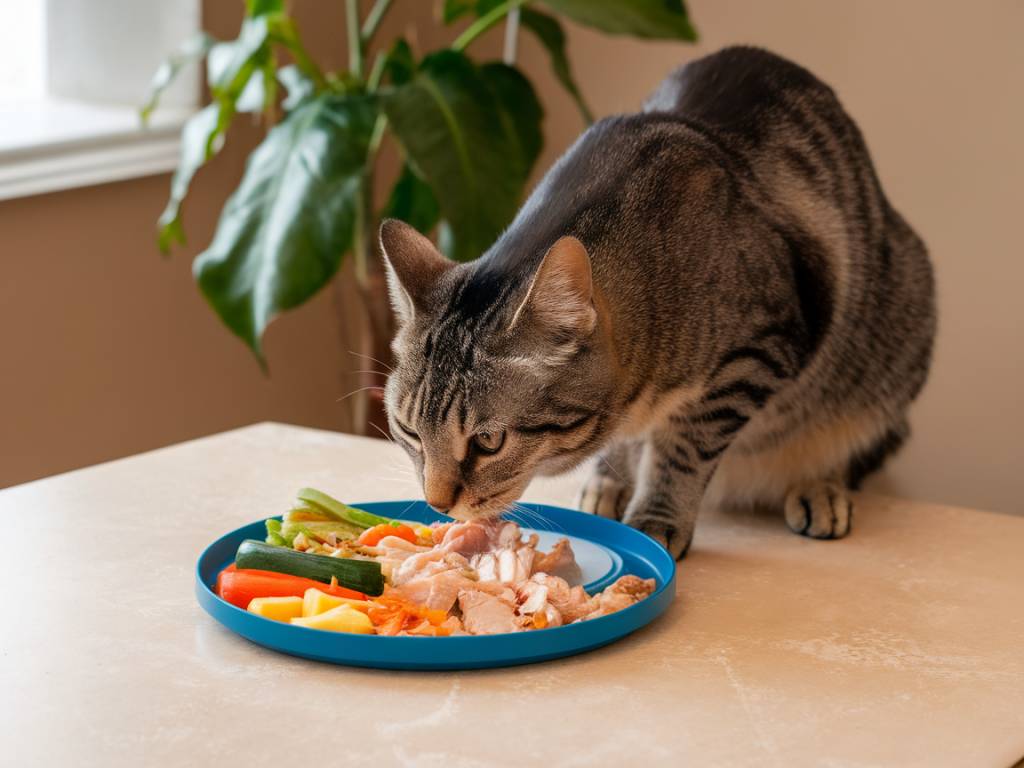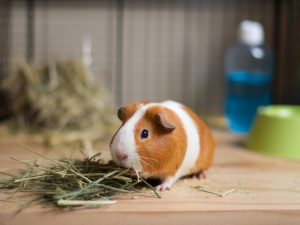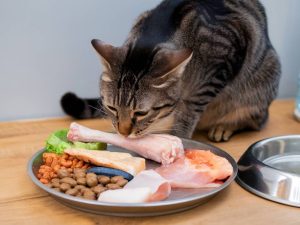Recognizing and managing diabetes in cats: dietary adjustments to consider

recognizing and managing diabetes in cats: dietary adjustments to consider
Understanding Feline Diabetes
Diabetes in cats is an increasingly common condition that pet owners need to be vigilant about. Much like diabetes in humans, feline diabetes is characterized by the body’s inability to produce sufficient insulin, resulting in elevated blood glucose levels. This condition can lead to severe health complications if not managed properly. Recognizing early signs and making necessary dietary adjustments can significantly improve your cat’s quality of life and overall health. In this article, we’ll explore how to identify diabetes in cats and discuss dietary modifications to help manage the condition effectively.
Recognizing the Signs of Diabetes in Cats
One of the first steps in managing diabetes is learning how to identify the symptoms. Pet owners should watch out for any unusual changes in their cat’s behavior and physical condition. Here are some common signs that may indicate your cat has diabetes:
- Increased Thirst: Noticeable increase in water consumption might signal an underlying issue with blood sugar regulation.
- Frequent Urination: You may notice your cat visiting the litter box more often.
- Weight Loss: Cats with diabetes often lose weight despite maintaining or even increasing their food intake.
- Lethargy: A decrease in energy levels can be a sign that your cat isn’t feeling well.
- Change in Appetite: Some cats may experience an increased appetite, while others may eat less.
If you observe any of these symptoms, it’s crucial to consult with a veterinarian who can perform blood tests to confirm a diagnosis of diabetes mellitus.
Dietary Adjustments for Diabetic Cats
Once your cat has been diagnosed with diabetes, managing their diet becomes a critical aspect of controlling the disease. The right dietary adjustments can help regulate blood glucose levels and support your cat’s overall health. Here are some dietary modifications to consider:
High-Quality, Low-Carbohydrate Diet
Cats are obligate carnivores, which means their bodies are adapted to derive nutrition primarily from animal-based proteins. A high-quality, low-carbohydrate diet can be beneficial for diabetic cats as it helps stabilize blood sugar levels. Low-carbohydrate diets reduce glucose spikes after meals, making it easier to manage diabetes. Look for commercial cat foods with high protein content and fewer carbohydrates, or consult your veterinarian about considering a raw or homemade diet plan tailored to your cat’s needs.
Consistent Meal Scheduling
Establishing a regular feeding schedule can help manage diabetes by keeping blood sugar levels stable throughout the day. Consider dividing your cat’s daily food allowance into smaller, frequent meals. Consistency is key; try to feed your cat at the same times each day to help their body adapt to a routine.
Portion Control
Maintaining a healthy body weight is essential for diabetic cats. Ensure you’re feeding the appropriate amount according to your cat’s size, age, and activity level. Overfeeding can lead to obesity, which complicates diabetes management. Your veterinarian can help determine the right portion sizes for your cat’s specific needs.
Inclusion of Dietary Fiber
Some studies suggest that adding soluble fiber to a diabetic cat’s diet may help manage blood glucose levels. Fiber can slow the absorption of carbohydrates, leading to more gradual increases in blood sugar after meals. Look for cat foods formulated with added fiber, or discuss with your vet about supplementing your cat’s diet with fibrous ingredients like psyllium husk.
Additional Management Strategies
While dietary adjustments play a major role in managing feline diabetes, they are just one part of a broader strategy to keep your cat healthy. Here are a few additional lifestyle changes and care tips to consider:
Regular Monitoring
Consistent monitoring of your cat’s blood glucose levels is crucial in managing diabetes. Your veterinarian can guide you on how to monitor at home, potentially using devices like glucometers. Tracking your cat’s levels helps you understand how they respond to their diet and any insulin therapy, allowing you to make informed decisions about their care.
Exercise and Activity
Encourage your cat to engage in regular physical activity. Exercise can improve insulin sensitivity and aid in weight management. Introduce toys and activities that stimulate movement. Even a few short play sessions each day can make a significant difference.
Stress Reduction
Cats are sensitive creatures, and stress can impact their health, including blood glucose levels. Create a calm, safe environment for your cat and minimize changes in its routine or environment that might cause stress. Regular interaction, petting, and bonding time can help your cat feel more secure and relaxed.
Working with Your Veterinarian
Developing a close working relationship with your veterinarian is essential in managing your cat’s diabetes. Regular check-ups allow for the monitoring of your cat’s health progress and any necessary adjustments to its treatment plan. It’s essential to follow your vet’s advice closely, whether it concerns dietary changes, insulin administration, or other aspects of diabetes management.
Conclusion
While managing a cat with diabetes can be challenging, it’s entirely possible to help your feline companion lead a happy, healthy life with the right care. By recognizing symptoms early, making thoughtful dietary adjustments, and working closely with your veterinarian, you can play a vital role in your cat’s diabetes management. Remember, every cat is unique, and their treatment plan should be customized to fit their specific needs. Stay informed and proactive in your care approach, and your beloved pet will benefit greatly.
Written by Lisa Tissed
« `





